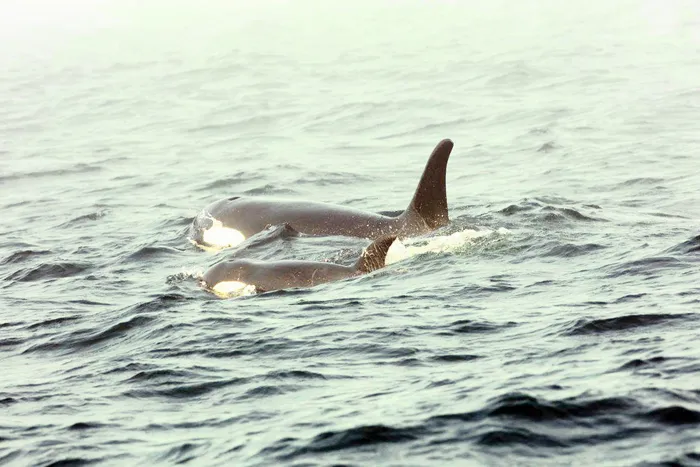Whales could help to reduce greenhouse gases

THE carbon capture potential of whales is truly startling Fisheries and Oceans Canada via AP THE carbon capture potential of whales is truly startling Fisheries and Oceans Canada via AP
Johannesburg - When it comes to fighting climate change, one whale is worth planting a thousand trees.
That’s the “no tech” strategy being touted by the International Monetary Fund (IMF): increase whale populations to help curb greenhouse gases and global warming.
IMF conservative estimates put the value of the average great whale, based on its various activities, at more than $2 million “and easily over $1 trillion for the current stock of great whales.
“Scientific research now indicates more clearly than ever that our carbon footprint, the release of carbon dioxide (CO2) into the atmosphere, where it contributes to global warming through the so-called greenhouse effect, now threatens our ecosystems and our way of life.
“Many proposed solutions to global warming, such as capturing carbon directly from the air and burying it deep in the earth are
complex, untested and expensive,” the IMF said.
Marine biologists have recently discovered that whales, especially the great whales, play a significant role in capturing carbon from the
atmosphere.
“The carbon capture potential of whales is truly startling. Whales accumulate carbon in their bodies during their long lives. When they die, they sink to the bottom of the ocean; each great whale sequesters 33 tons of CO2 on average, taking that carbon out of the atmosphere for centuries. A tree, meanwhile, absorbs only up to 48 pounds of CO2 a year,” said the analysis by IMF economists, led by Ralph Chami of the IMF’s Institute for Capacity Developments.
Protecting whales could add significantly to carbon capture because the current population of the largest great whales is only a small fraction of what it once was.
“Sadly, after decades of industrialised whaling, biologists estimate that overall whale populations are now to less than one fourth what they once were. Thus, the benefits from whales’ ecosystem services to our survival are much less than they could be.”
And wherever whales are found, so are populations of phytoplankton. “These microscopic creatures not only contribute at least 50% of all oxygen to our atmosphere, they do so by capturing about 37 billion metric tons of CO2, an estimated 40% of all CO2 produced.
“We calculate that this is equivalent to the amount of CO2 captured by 1.70 trillion trees, four Amazon forests’ worth, or 70 times the amount absorbed by all the trees in the US Redwood National and State Parks each year. More phytoplankton means more carbon capture.”
The researchers argue that if whales were allowed to return to their pre-whaling number of 4 to 5 million, from around 1.3 million today, it could add significantly to the amount of phytoplankton in the oceans and to the carbon they capture each year.
“At a minimum, even a 1% increase in phytoplankton productivity, thanks to whale activity, would capture hundreds of millions of tons of additional CO2 a year, equivalent to the sudden appearance of 2 billion mature trees. Imagine the impact over the average lifespan of a whale, more than 60 years. Nature has had millions of years to perfect her whale-based carbon sink technology. All we need to do is let the whales live.”